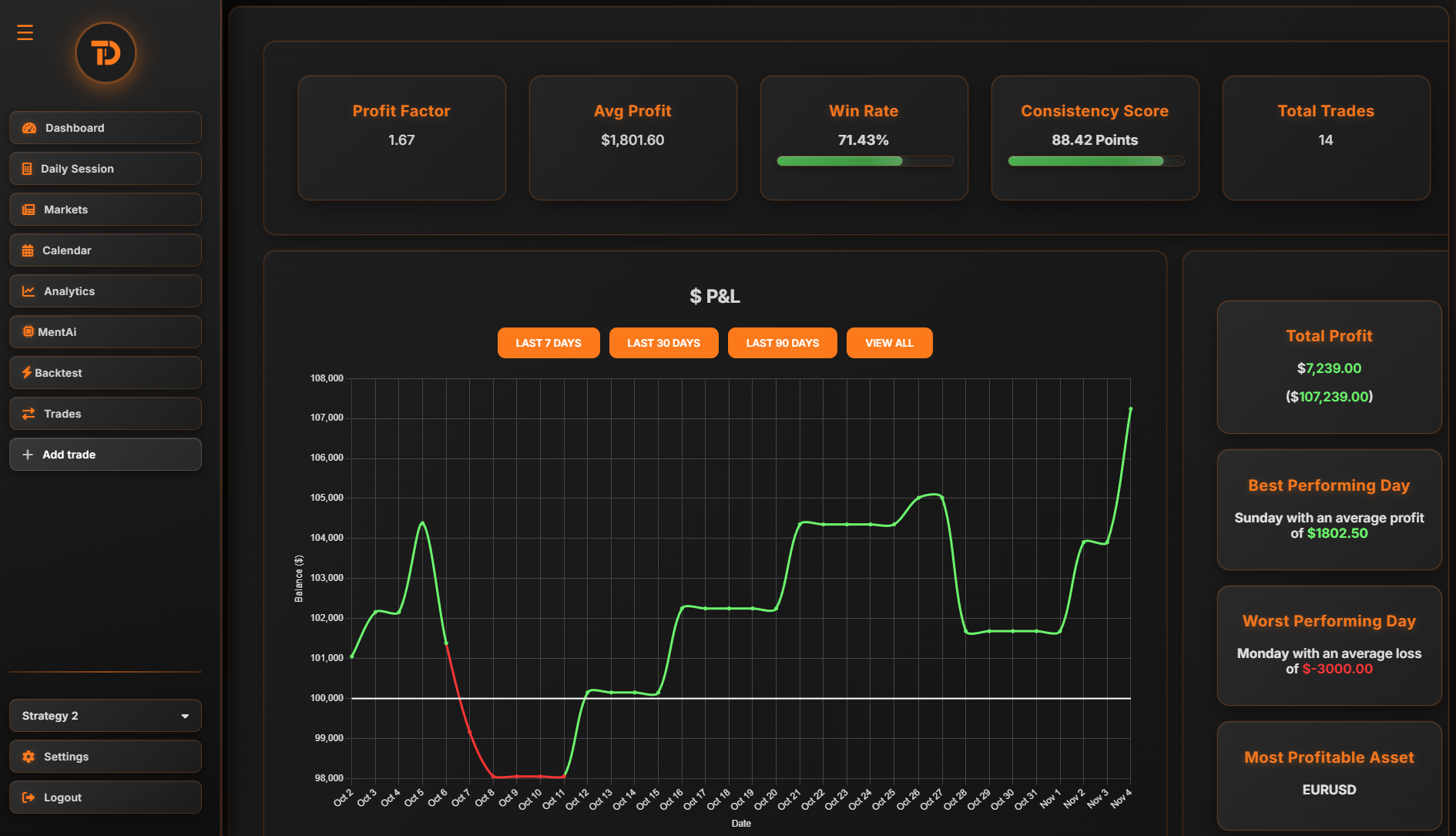Volume is a key indicator of the strength and validity of a market move. When a price movement is accompanied by high trading volume, it suggests that there is strong market participation and a higher likelihood that the move will be sustained. Conversely, a price move that occurs on low volume may indicate a lack of conviction in the market, making it more likely to be a false breakout or a temporary fluctuation. Monitoring volume alongside price action is crucial for confirming trends, as high-volume moves often signal strong market sentiment, while low-volume moves might be less reliable. Understanding the role of volume helps traders identify whether price shifts are driven by genuine demand or supply, or if they’re simply noise in the market.
Incorporating volume analysis into your trading strategy can provide additional confidence in your trades, helping you distinguish between solid trend reversals, breakouts, or mere corrections. Whether you're trading stocks, forex, or cryptocurrencies, volume serves as an important metric to assess market interest and determine whether a price move has the momentum to continue.
. Why use a trading journal: Tracking volume in your trading journal is essential for evaluating how market participation affects your trade outcomes. By documenting the volume levels when entering and exiting trades, you can analyze whether you’re consistently trading during high-volume periods, which generally offer more reliable follow-through and reduced risk of false breakouts. Over time, you can also review how often low-volume trades led to losses or unfavorable results, helping you adjust your strategy accordingly. Using your journal to keep track of volume allows you to refine your approach, ensuring you prioritize trades where volume supports the price action, ultimately improving the quality and consistency of your trades.

